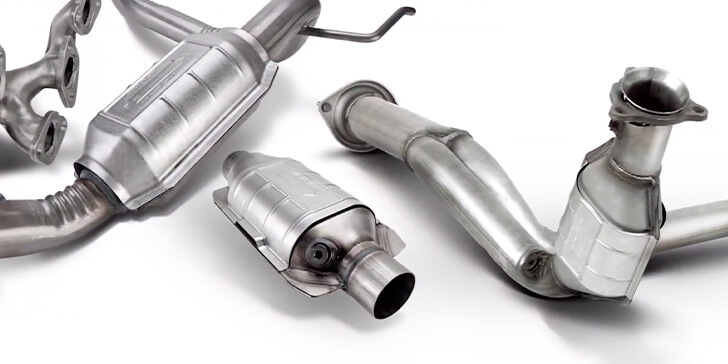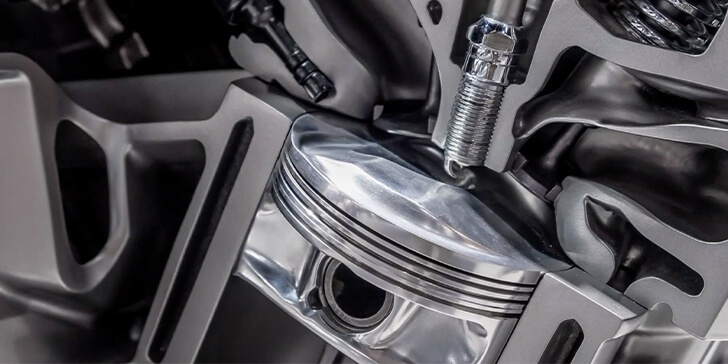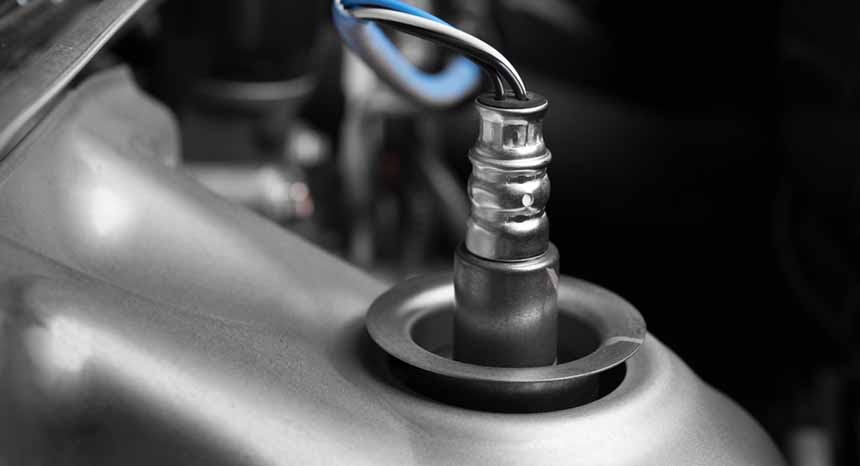In the third video in his educational series on Air, Fuel and Spark, Clint Cooper, Head Trainer at AP Emissions, explains what causes a weak spark, how to test for it and how to cure it. Without a strong spark, the entire combustion system and emissions system will be inefficient and probably damaged.
Episode Overview
• Recap of the diagnostic tips related to air and fuel (00:11)
• Complete combustion requires strong spark, at the right time, with the right compression. (00:20)
• How do you check for weak spark? (0:26)
• Spark plugs and ignition coils should each be tested with the proper equipment. (0:48)
• If the resistance is out of normal range, then replace the coil-over spark unit. (1:06)
• Zero or excessive readings signify a damaged coil. (1:23)
• Recap how a catalytic converter works, what causes a P0420 code, and how cats are killed by poison or heat. (1:36)
• Why clean-by-design catalytic converters are sensible solutions. (1:56)
• Why one catalyst is often different from another and how the components are constructed. (2:17)

In our last two videos, we looked at diagnostic tips related to air and fuel in our traditional conceptual framework of air, fuel and spark. This video will look at spark.
Complete combustion requires strong spark, at the right time, with the right compression. To check for weak spark, start by visually inspecting the spark plugs. Carbon, oil and ash deposits can hinder performance. Glazing and other signs of heat damage like cracking, can lead to weak spark.
When the spark plugs are dirty, corroded or cracked, are the gaps set correctly? Look for weak spark visually – it should be bright blue. But ideally you test them with a spark plug tester.
Most modern cars have a coil unplug ignition system. Test the ignition coil’s primary ignition circuit with a multi meter and note its resistance. Resistance should typically be within 0.4 and 2 ohms. However, always check the manufacturer’s specifications and follow those for guidance.
If the resistance is out of normal range, then replace the coil over spark unit. Test the secondary circuit of the ignition coil. Most ignition coils should show that secondary resistance between 6,000 and 10,000 ohms. However, refer to the manufacturer’s specifications for the correct range.
If a reading of zero is displayed, that signals that the coil is short circuited and needs to be replaced, while an excessive reading signals that the coil is open and also needs to be replaced. Look for loose wires and test those for continuity.
In the first three videos, we looked at how a catalytic converter works, what causes a P0420 code, and how cats are killed by poison or heat. The next three videos focused on diagnostic tips grouped into the conceptual framework of air, fuel and spark.
In this video series, we took the opportunity to talk a little bit about what makes our AP emissions clean -by-design catalytic converters, a solution for today’s complex emissions control needs. We load our own specially engineered catalyst formulations, on our own bricks, using a proprietary method that results in a more robust, durable, and efficient catalyzing brick than the competition. Our catalyst is dialed in for the application it’s cataloged for.
We include gaskets and the pipes and shelves are made with stainless steel. Our 50,000 mile warranty is a testament to our confidence that they’re designed to fit and built to last. You can trust AP Emissions. We keep the light off.





